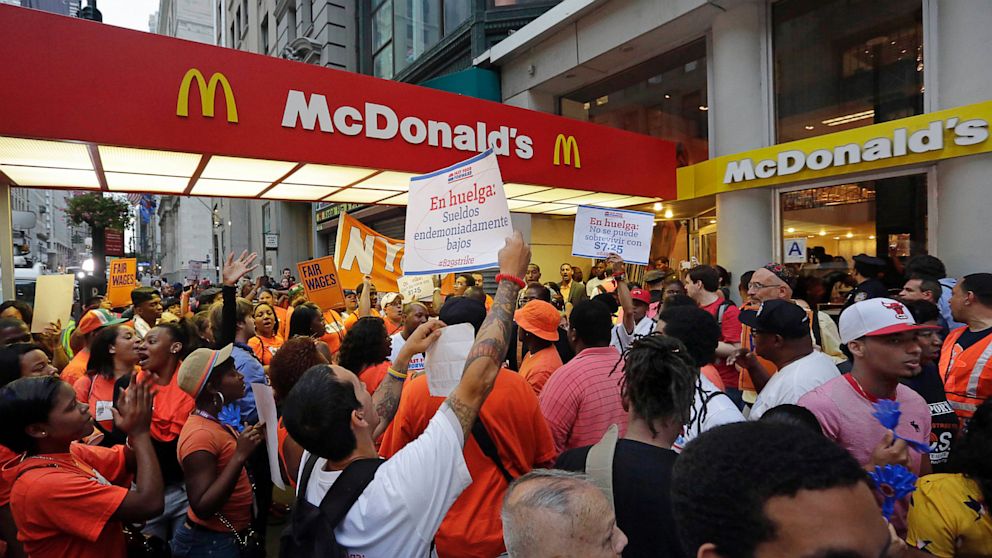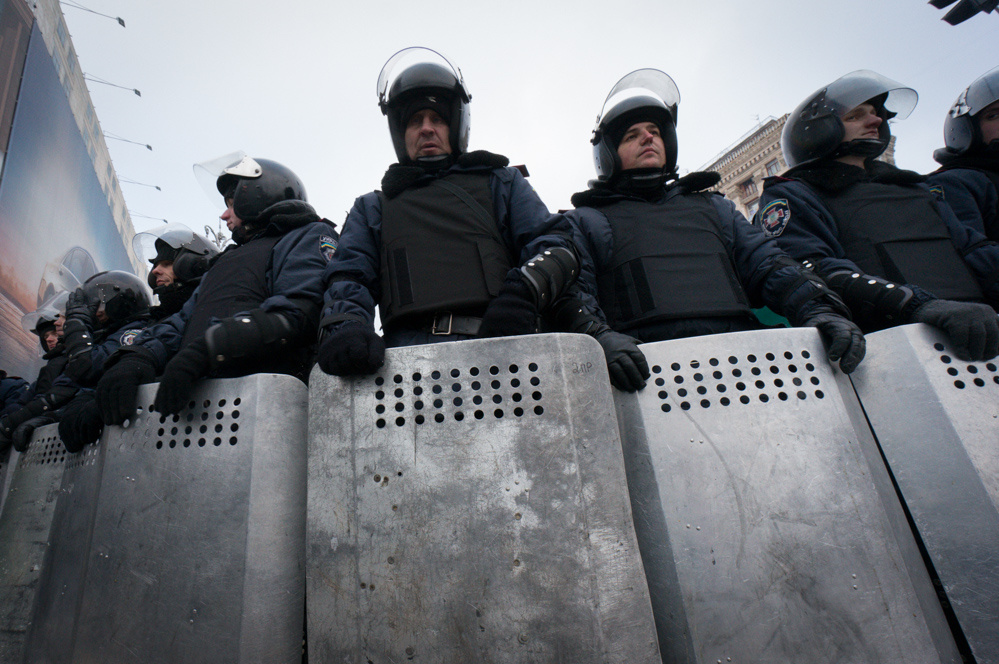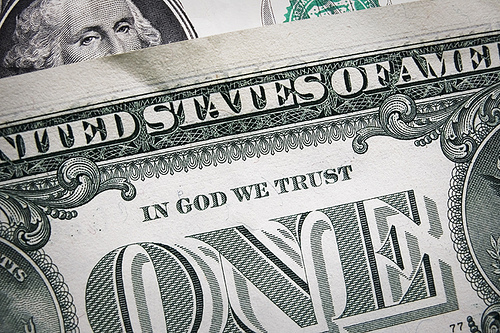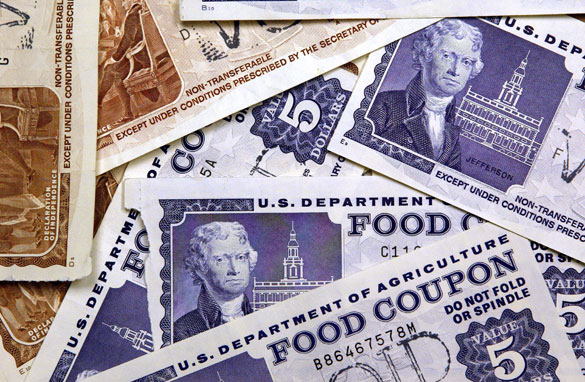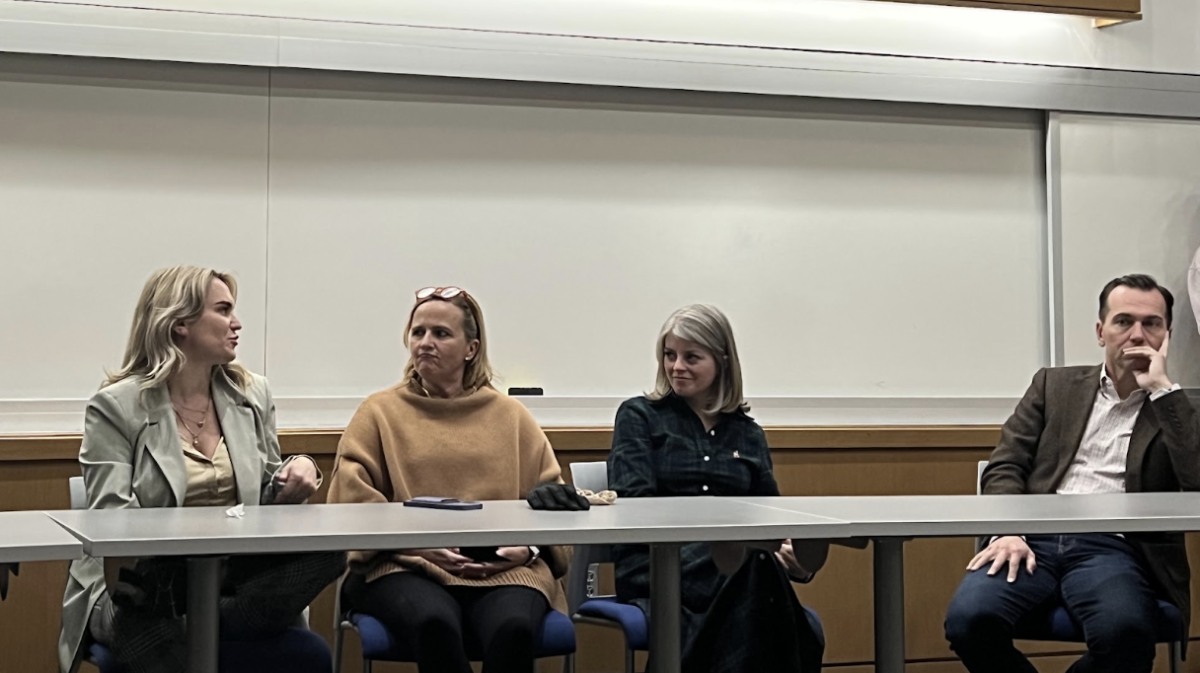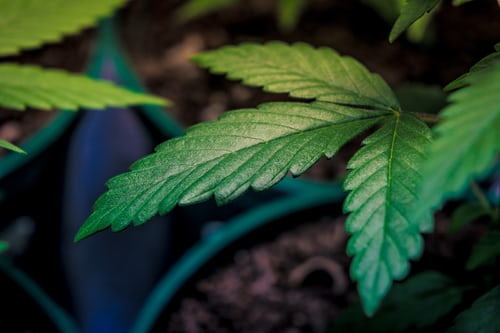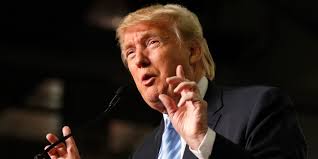In the days before the 2014 State of the Union, the internet exploded with speculation over what Obama would cover in his address. One hot button topic was the expected use of executive orders to further his agenda, especially with regards to minimum wage. Obama did not disappoint, announcing he was signing an executive order to raise the minimum wage for future federal contractors and calling for Congress to increase the national minimum wage.
The results of his social experiment remain to be seen, but raising minimum wage is popular among voters. Three quarters of Americans support an increase in minimum wage, crossing typical party lines in a time when the partisan divide has developed into a partisan chasm. Leaving the fiscal ramifications and expected economic effects of an increase in minimum wage for the future, it is necessary to explore what the minimum wage means for America in terms of who works for minimum wage, its correlation with poverty, and how previous natural experiments in minimum wage have affected employees and employers.
Who Works for Minimum Wage
According to the Bureau of Labor Statistics, about 75 million Americans over the age of 16 were paid at hourly rates. Of this number, 1.6 million worked for the federal minimum wage of $7.25 in 2012 (2013 data is currently unavailable). Another 2 million worked below the federal minimum, leaving 4.7% Americans working at or below minimum wage. About half of these workers were under 25, even though workers under 25 are only a fifth of the workforce. Only about 2% of full time workers were paid the minimum wage, while 11% of part time workers were paid at or below the federal minimum wage level.
Breaking the statistics down by race and gender, women were twice as likely (at 6%) to work for minimum wage versus men (at about 3%). About 5% of White, Black, and Latino workers and 3% of Asian workers made minimum wage.
Poverty and the Minimum Wage
From the above statistics, it is easy to see that not many work full time for minimum wage. Minimum wage is largely an entry level phenomenon for young, generally part time workers. Still, for full time workers with families, annual minimum wage earnings are well below the poverty line.
However, a jump in minimum wage from $7.25 to $10.10 (Obama’s suggestion, obtained from a 2013 study by Cooper and Hall) will affect a much larger group of workers than those making the current minimum. About 560,000 federally contracted workers make below $12 an hour, and many of them below $10. In the private sector, an estimated 25% of workers make less than $10 an hour. As growth for the bottom percentage of workers has stagnated while productivity increased, an increase in minimum wage could be a dramatic and not undeserved change for millions of Americans. Families previously receiving welfare benefits may finally become self-reliant, significantly lowering poverty levels and the fiscal receipt of federal aid.
Previous Experiments
Although Obama’s proposal is unprecedented, there have been previous changes in minimum wage resulting in ‘natural’ experiments. Arindrajit Dube, an economics professor at MIT, has thoroughly researched minimum wage data for years. His results? Contrary to public thought, changes in minimum wage have small effects on unemployment.
Dube’s work, incorporating new models of labor market friction, has more finesse than previous studies of minimum wage effects. While David Card and Alan Krueger’s 1994 and 2000 case studies of a minimum wage change in New Jersey and Pennsylvania were wildly popular, their methodology was systematically flawed. In recent years, the empirical and theoretical study of minimum wage has rapidly developed. With a more effective toolkit, economists can begin to predict the effects of Obama’s executive order and his call for Congress to increase the minimum wage.
Thus, Obama’s executive order and his agenda for increasing the minimum wage may have little effect on unemployment while lowering poverty levels. The change will be most pronounced for women, who currently take minimum wage jobs at twice the rate of men. However, this is not a costless raise. Part two of this analysis will evaluate the price tag of the change as well as some specific challenges to the efficacy of minimum wage in fighting poverty.
Image from http://abcnews.go.com/Business/fast-food-protesters-demand-higher-pay/story?id=20106013

